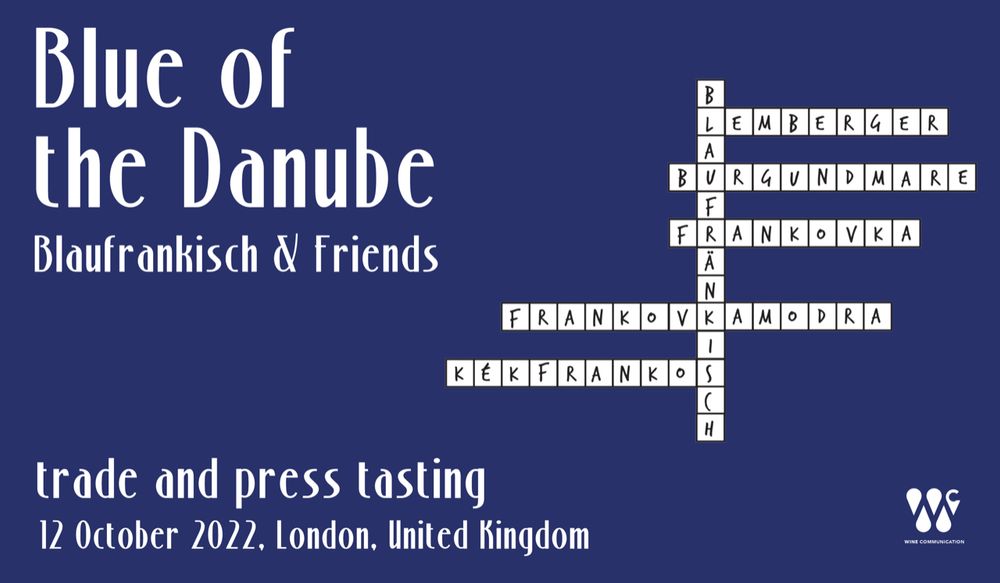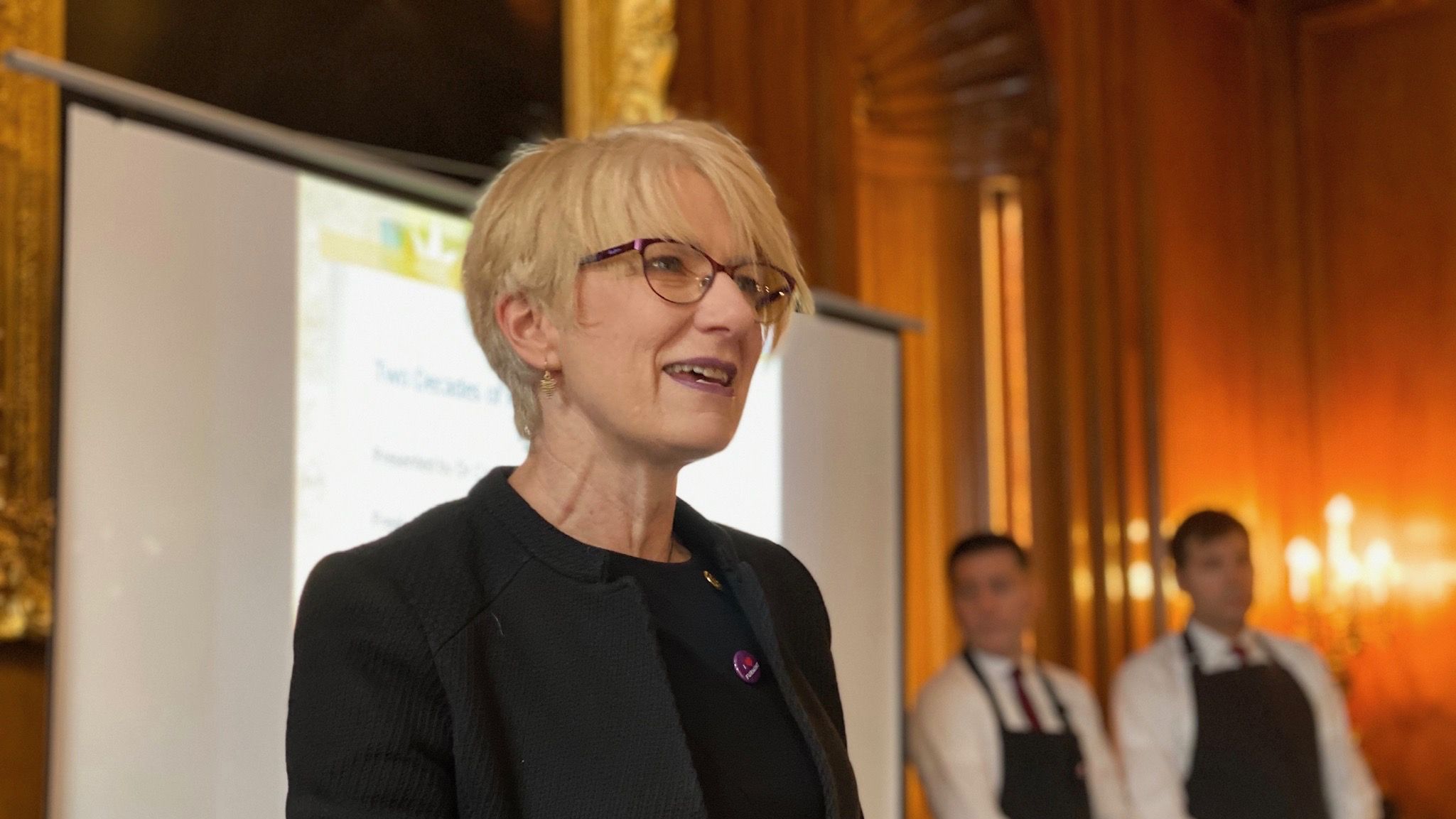“I’ve long wanted to find a way to unite all the exciting and very different wine countries of central and eastern Europe. Europe’s great river Danube, and its tributaries, is a great linking theme to bring together producers to showcase their local grapes, and to show why I believe this is the most dynamic part of the wine world right now,” says Caroline Gilby MW.

At the core of this Blue of the Danube tasting will be Central Europe’s most important blue-skinned grape, which comes under many guises, though it’s usually best known as Blaufränkisch or Kékfrankos. Hungary grows more than anyone else, with 7,543 ha, Austria is next with 2,630 ha while it’s called Modra Frankinja in its likely homeland of Slovenia. It also pops up in Croatia, Romania, Slovakia, Serbia and Germany. Research indicates the grape variety is a cross of the promiscuous Heunisch Weiss with Zimmettraube Blau, making it a half-sibling of Chardonnay, Riesling, Furmint and Gamay among others, a clue to its exciting quality potential.
Its name (Kék, Blau and Modra mean blue) refers to the waxy blue colour of its skins. The historical story goes that better grape varieties were called “Frankisch” to show their superiority over the less well-regarded “Heunisch” varieties, hence the frankos/fränkisch/frankinja part of its name. There are other folk tales too, for instance linked to Napoleon’s soldiers paying in “blue” francs for better wines. Whatever its history, it became a workhorse grape in Central Europe after the devastation of phylloxera, proving to be usefully vigorous, giving generous yields, as well as being robust against diseases.

Blue is the colour, Kékfrankos is (just one of) its names
Today, Blaufränkisch/Kékfrankos is returning to centre stage as winemakers get to grips with producing it as a high-quality wine – it needs handling along similar lines to other acid-driven grapes like Sangiovese, Pinot Noir and Nebbiolo. It’s also meeting consumer interest for wines with balance and freshness. It’s also a sponge for terroir, showing clear differences across its geographical spread from bright, fruit-driven, lighter-bodied reds and rosé to complex, blue-fruited, elegant and long-lived wines, the best selected from single vineyards. It also plays a key role in Hungary’s iconic Bikavér blends.
The Danube basin has an incredible diversity of other exciting local grapes too – many ancient and unique. These indigenous grapes can really tell the story of each country’s wine history and culture, and where its winemaking story is today. Among the grapes on show at the Blue of the Danube tasting will be Mavrud from Bulgaria; Kadarka/Gamza from Bulgaria and Hungary; Feteasca Neagra and Rara Neagra from both Romania and Moldova: rarities like Negru De Drăgășani, Busuioacă and Novac from Romania; Laska and Tihany Kék from Hungary; Teran from Croatia and Bosnia I Herzegovina will be showcased through Blatina and Trnjak, plus much more. This is a tasting not to be missed.
The Blue of the Danube tasting takes place on Wednesday, October 12. To attend please click here to register or email Zsuzsa@winecom.co.uk or Caroline@winecom.co.uk









































